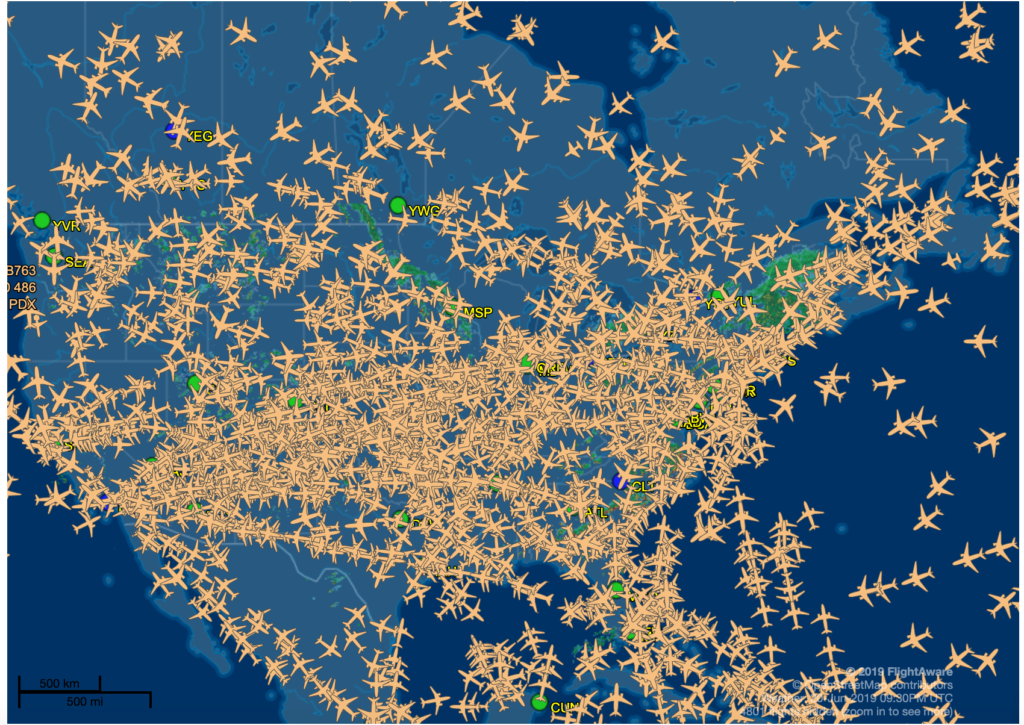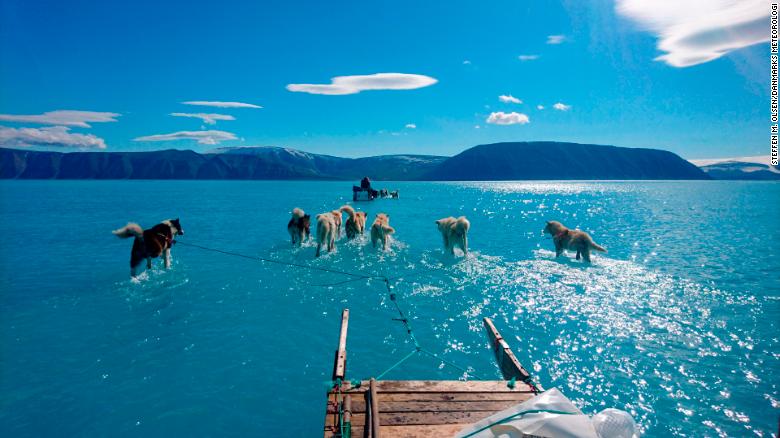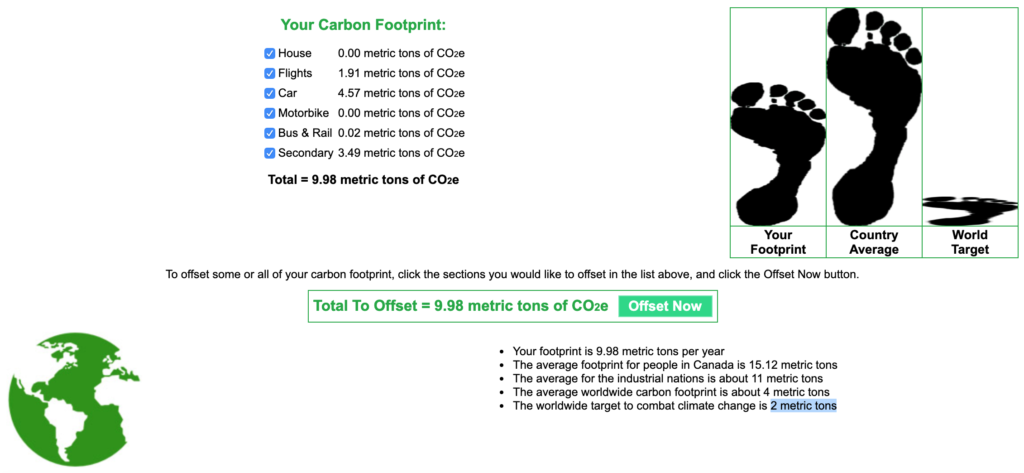MATT: That prefect shot for Instagram or a YouTube video in a cool new country, seems to be what everyone is going for right now. Every week there is a new “must go-to” place where everyone flocks to so that they can get those amazing photos.
MATT & VASU: And don’t get us wrong, we have our share of wanderlust to explore new places and things, but keeping this blog going means we are now taking a hard look at ourselves and our habits to see what is not good for our planet. For both of us, traveling has meant wonderful personal and relationship growth, learning different perspectives, meeting new people, indulging in amazing food, experiencing new cultures and getting a better understanding of the world.
MATT: But now more than ever, I think people are getting too caught up with seeing what others are doing – and they want to do that same thing, or something better, more adventurous or definitely more “instagramable”. Travelling and going to new places is always fun and it helps to create great memories, but people forget the impact that they are having on the environment with all that travel. Travelling all the way across the world has never been more easy – you can book a flight from where you are to the furthest countries in the world, without having to even leave your living room. We see people going to cool places and think, “wow that looks amazing!!”. With globalization and countries encouraging tourism, it is now super simple now to go and do that exact same thing with the click of a button. People forget all the exhaust (pun intended) of your carbon footprint, your wallet and your energy, that goes into travel because it’s been made so easy for us to book.
While researching for this blog, I googled the number of daily flights and found this crazy image (featured below). Flights have only been increasing and this is not a good thing because airplanes are a huge contributor to CO2 emissions. In 2017, there was an average of over 9700 planes carrying over 1.2 million people in the air at any given time. It seems like a high number and it is! I’ve included this screenshot of North America at 5:30pm on a Thursday. More people are taking more flights, more often and to more places than ever before! Our interconnectedness is a good thing, but we have to remember that that planes are running on fuel, which is finite and which also causes a lot of emissions in a time where it is imperative to reduce our emissions.

VASU: Exactly – for each kilogram of jet fuel burnt creates 3.16kg of CO2 – that’s three times the impact for every 1 kg. And according to this Vox article, stats show that in 2018, carbon dioxide emissions rose by 3.4% with transportation sector leading the way! But interestingly, it wasn’t cars that increased this number, but the demand for jet fuel and diesel (used in trucking). The increasing emissions from more people having accessibility to flying and air travel around the world is not a good thing for our climate. And like the Vox article states, the “demand for air travel is surging just when our window to limit catastrophic global warming is closing.” Which means that all those beautiful and exotic places that are on your bucket list will eventually stop existing, because of more extreme weather events or socio-ecological disasters exacerbated due to climate change.
What is scary is that every round-trip trans-Atlantic flight emits enough carbon dioxide to melt 30 square feet of Arctic sea ice. And if you’ve seen the recent photos of a scientist and his dog sled in Greenland, it gives you an idea that never-before-seen change is about to hit us head on and we have no idea how it will change our lives, especially if we live in coastal cities where sea levels are going to rise.

Another recent study from Australia shows that the carbon footprint of tourism is worse than we thought. The entire supply chain of tourism, from food to actual travel, creates a bigger footprint for those that are traveling across countries and especially internationally. For example, as the authors mention, a backpacker from the UK travelling to India (staying in Airbnbs and eating street food) is more likely to have a larger carbon footprint than luxury travel of residents within India. This means that maybe we need to reconsider what holiday travel means for those of us that are looking to reduce our footprint – travelling to local destinations, within countries and as less as possible!
MATT: Yes, if we want to keep enjoying far away places and destinations we are going to have to be moderate and reduce the amount of travel that we do. The next time you see someone on social media or Youtube who is in some exotic new destination, just remember, these people are doing this as a job..and yes, it’s cool and it would be awesome to go there, but is it really worth it?
For every place that’s far away that’s cool to see there’s guaranteed to be a place close by that is worth a visit. Instead of driving for hours or hopping on a plane and going far off, find a trail to walk, hike or bike on that is close by or a cute airbnb in a small quaint town nearby. Maybe you’ve even been to these places before, but try to go back and take your time there, you are bound to see something that you haven’t seen before. For example, instead of flying to Montreal or New York for a weekend, we decided to explore a town near where we live. That not only helps us feel better about our travel footprint, but also supports local businesses (which is only a good thing!). And of course there will be times you go somewhere new and far away but just be conscious about the impact it is having on the planet.
VASU: Another thing is that we travel between Ottawa (a few times a year) and Mumbai (once or twice a year) to see our families. And although our trips are purposeful and we take time planning them, we realize how much of an impact it has on our carbon footprint. It makes us wish how nice it would have been to be close to our families or be together in one city instead. Unfortunately, currently our lives happen to be in different parts of the world for now and that means long distance trips will be part of the package. But even then it makes us think twice before we plan an impromptu vacation or a trip somewhere new – because it means a trade-off with trips to see our family. I think more people can relate to this as jobs and education make one move cities, countries or even across the world! But keeping any extra or unnecessary trips to a minimum may be one way to start reducing your footprint.
If you must travel (and I mean absolutely necessary), think about different ways to neutralize your footprint. One excellent example of seeing people become more conscious about the impact of travel is that of voluntary carbon-offsets. I am attending an academic conference soon and as part of the ticket there is an automatic add-on for carbon offsets if you are traveling in for it. Making one think whether travel is necessary, and if it is, then thinking of providing an off-set, is a real simple way to change behaviour.
MATT: An interesting example of an off-set is The Gold Standard, which provides great information on how you can help reduce the impact of climate change and global warming in various places (and importantly in developing countries). You can check them out here: https://www.goldstandard.org/ There are many more such carbon off-sets that you can find here: Introduction to Carbon Off-Sets.
MATT & VASU: And since we cannot tell you how to reduce your travels (as you know best), we thought it would be great to share some more relevant articles on tourism and its carbon footprint for you to think of ways to reduce your own travel footprint.
Vox: Air Travel is Surging. That’s a Huge Problem for Climate Change.
The Conversation: The carbon footprint of tourism revealed (its bigger than we thought)
The Conversation: Can you be a sustainable tourist without giving up flying?
Carbon Brief: Aviation could consume a quarter of 1.5 C carbon budget by 2050.
Carbon Footprint: Tips to Reduce Your Travel Footprint
VASU: We hope this blog post makes you pause and think about how your next vacation or business trip is going to impact our planet in the next few years. It doesn’t mean that vacations or trips to new places are bad, but rather there is a need to prioritize on what your must-sees are and what is the best way to go about it.
Keeping air travel to a minimum is a good thing, but also exploring alternatives like train travel or closer destinations can help keep our footprints low. I can tell you one thing, bringing our own footprint down from 9.98 metric tonnes per year (our average) to 2 tonnes (world average if we are to keep to climate targets) is going to take a lot more than cutting down red meat or using less plastic straws. So maybe let’s get thinking on how we can make the places we live more exciting and feel less need to escape to a far off holiday destination for a few days every year.

